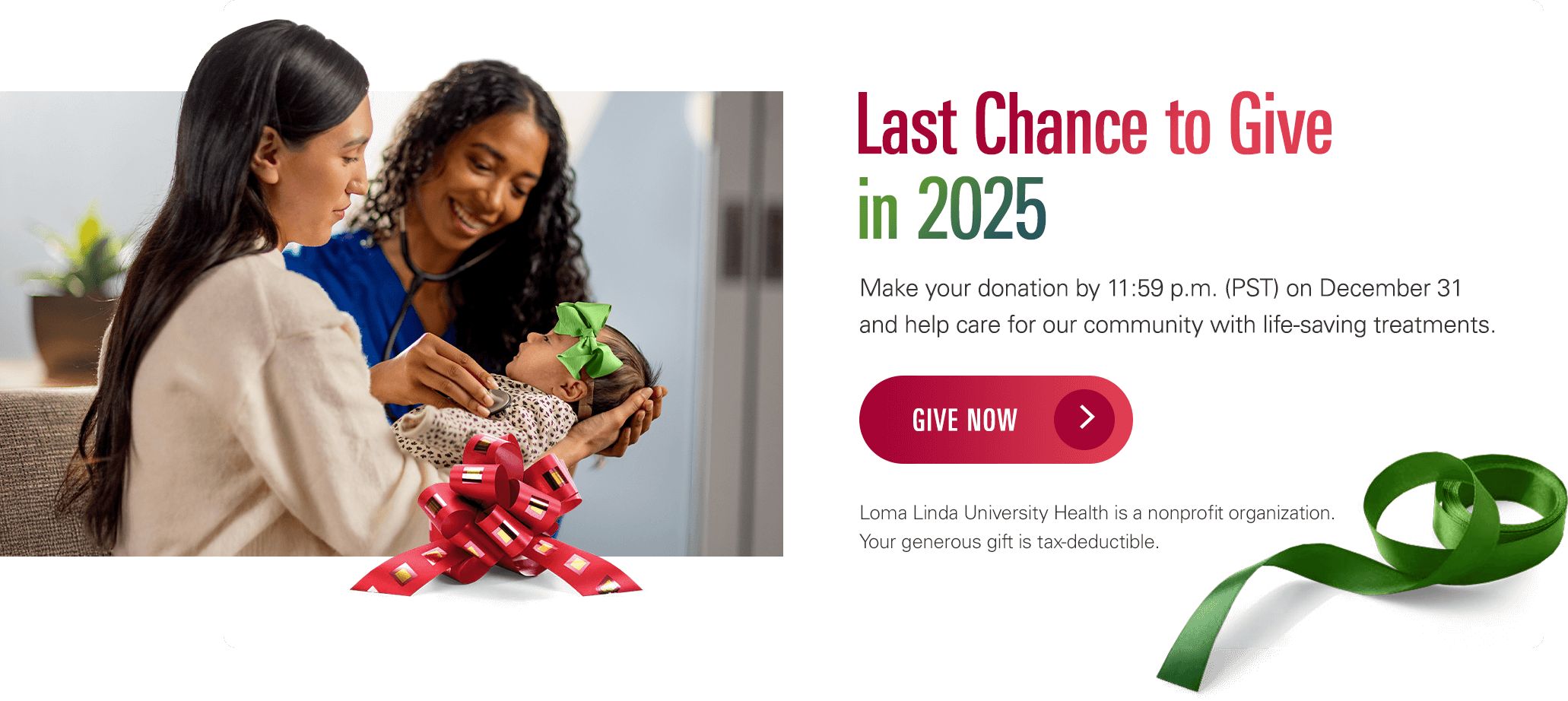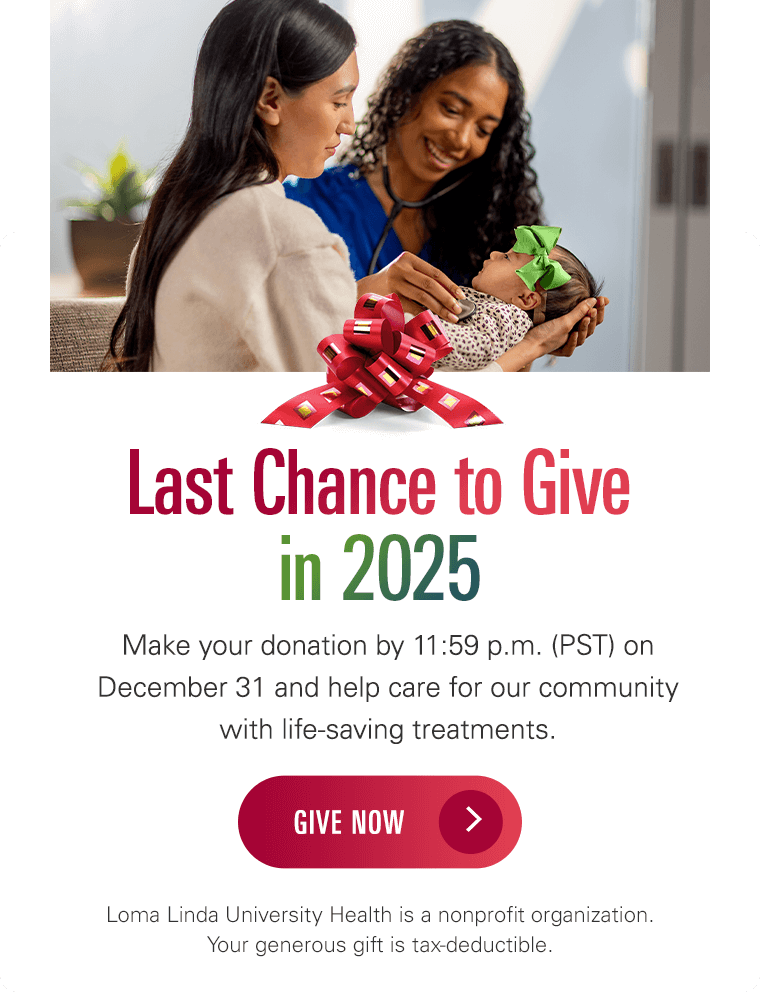What to Expect
The First Appointment
Your first appointment at our sleep clinic will focus on gathering info to start the right treatment path. The appointment lasts about 90 minutes and consists of several parts, including:
- Filling out paperwork.
- A detailed discussion of your child’s medical and sleep history.
- An initial evaluation with sleep physicians, psychologists, nurses and medical assistants.
We’ll also give you some techniques to try at home that may help alleviate issues surrounding your child’s sleep disorder.
Your Child's Sleep Study
The next step in treatment for many patients is a sleep study. The sleep study is an important part of determining the best treatment path for your child.
You and your child will spend the night in the same room at our sleep lab for sleep testing. Our team has the experience to create a kid-friendly environment where your child can be comfortable.
To help us monitor their sleep, we’ll need to attach some wires on their head, chest and limbs. These are completely non-invasive and should be painless. The results of this study help us give your child better treatment options.
Your child can bring whatever they need to feel at home during the study.
Sleep Lab - American Academy of Sleep Medicine (AASM) Accredited
11360 Mountain View Ave
Hartford Building, Suite B
Loma Linda, CA, 92354
Medical, Surgical and Behavioral Treatment
From here on out, we’ll pursue the best treatments available for your child’s sleep disorder. Depending on the difficulty, this may include a combination of medical, surgical and behavioral treatments. We’ll collaborate with our other specialists as necessary to give your child the best treatment possible. This multidisciplinary approach helps us achieve the best outcomes for our patients and their families.
Medical Treatments
Medical treatments are the most commonly employed across all sleep disorders. These can include things like prescription medicines as well as CPAP and BiPAP machines. CPAP and BiPAP are non-invasive therapies that help patients breathe throughout the night using a special mask.
Behavioral Therapy
Behavioral therapy helps your child alter existing poor sleep habits and develop new beneficial habits. This can be a powerful tool in restoring a normal sleep cycle. Our pediatric psychology team will help your child learn and utilize certain techniques to fall asleep and stay asleep. These include learning how to get your child to fall asleep (and stay asleep) by themselves — and use treatments like the CPAP mask throughout the night.
Surgery
Some sleep disorders are caused by physical abnormalities that can be corrected through surgery. If treating your child’s disorder requires surgical intervention, we’ll consult with our craniofacial team, which includes ENT and maxillofacial surgeons. This team consists of some of the best pediatric surgeons and physicians in the region with decades of experience.
Take the Next Step
Don’t let your child’s sleep disorder become a serious developmental issue. Ask your pediatrician how the Pediatric Integrated Sleep Clinic can help your child live a healthier life.









